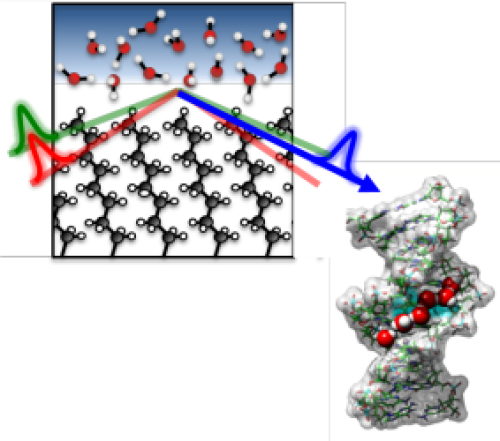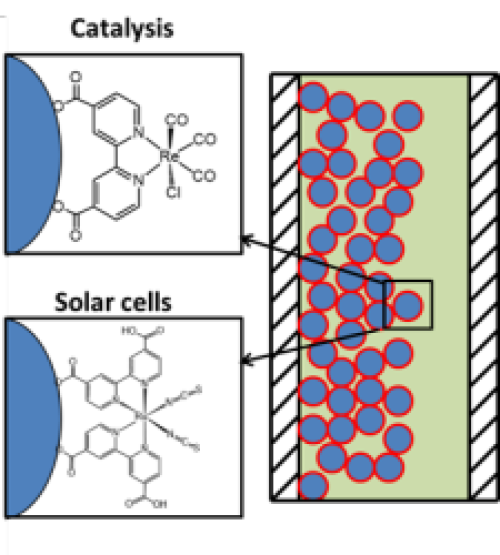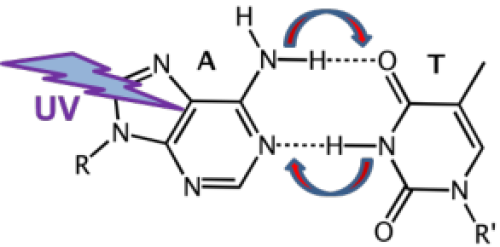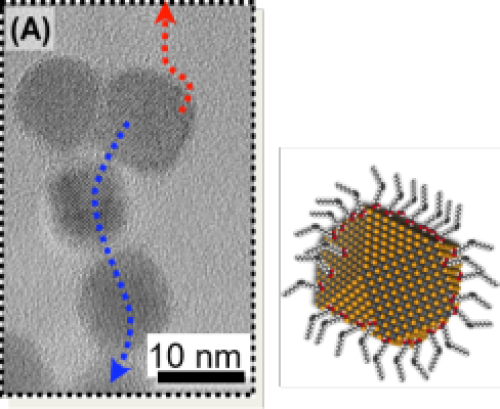Our research program is focused on developing and utilizing novel vibrational spectroscopies to directly probe ultrafast dynamics at surfaces and in the bulk. Time-resolved methods utilizing multiple laser pulses of femtosecond (10-15 s or fs) duration facilitate studying molecular processes and chemical reactions on the natural time-scale of molecular motion. Furthermore, the high intensity of fs laser pulses enables advanced nonlinear spectroscopic methods involving multiple laser beams. Vibrational (mid-IR) spectroscopy directly interrogates the vibrational motion of the chemical bonds that compose molecules, and offers a direct and local probe of molecular structure and nuclear motion. However, ultrafast IR spectroscopy is technically very challenging and heavily technology driven. Progress is made by advances in current technologies and the development of new laser sources and techniques that shed new light on existing problems, resolve controversies, and often lead to the discovery of completely new and unexpected phenomena.
We are developing new methods and expanding the capabilities of current vibrational spectroscopies through the first four orders of nonlinear spectroscopy. Nonlinear spectroscopy can be ordered in terms of the number of light-matter interactions the molecule undergoes before emitting a photon. Formally this can be expressed as a Taylor Series of the nonlinear polarization (P) induced in the material in terms of the number of electric fields (photons) involved, which then results in the emission of a signal photon:
First order corresponds to normal linear spectra, such as those obtained in a FTIR and UV-vis. The even order spectroscopies (2nd and 4th) require broken inversion symmetry. This means that for liquid samples they are surface-specific since the interface breaks the symmetry. Second order spectroscopy thus interrogate the to vibrational or electronic spectra of only molecules at the interface. Time-resolved methods probe molecular dynamics, such as pump-probe and 2D IR experiments, and require multiple laser pulses to initiate a given process and probe the resulting spectral changes. Correspondingly, bulk time-resolved methods are third order and their surface-specific analogues are fourth order spectroscopies.
We have made innovations within the first four orders of vibrational spectroscopy. The technical developments include:
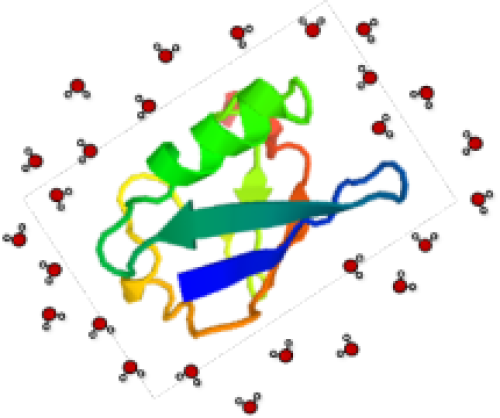
Solvation shell spectroscopy
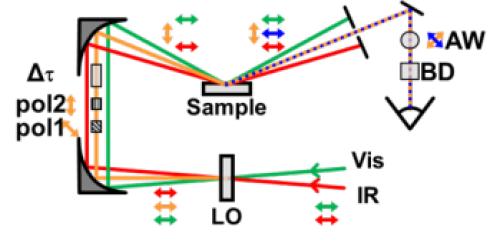
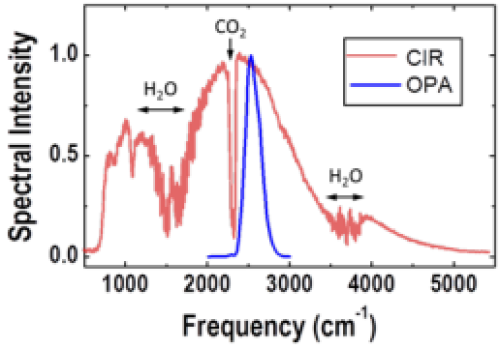
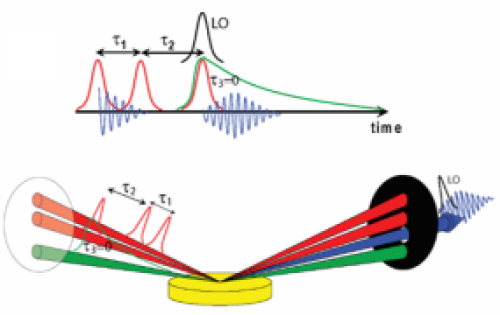
In addition to the experimental developments, we have established a theoretical method for calculating the vibrational spectra of medium and strongly hydrogen-bonded complexes to aid in the interpretation of the experimental results.
We are applying the novel methods to study a number of different systems:
